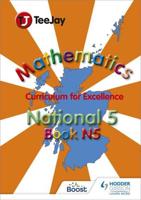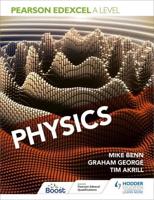Publisher's Synopsis
The exercises of this arithmetic workbook challenge students to apply their addition and subtraction skills to the concept of time. Students must think their way through the problems because adding and subtracting modern clock times differs from ordinary addition and subtraction in the following ways: (1) Time is cyclic - that is, the 1 o'clock hour follows the 12 o'clock hour; (2) you may subtract a 'larger' time from a 'smaller' time and obtain a positive result - e.g. 7:30 a.m. - 11:30 a.m. = 20 hours; and (3) the 24-hour day is divided into two 12-hour halves - a.m. and p.m. These complications are similar to the difficulties encountered in word problems - but these exercises have no words. In order to teach students how to apply their arithmetic skills to modern clock times, the first page of each chapter provides a concise description of the problem-solving strategy followed by 4 to 5 examples. These examples should serve to guide the student's reasoning until the student is able to independently solve the problems. The answers to the exercises are tabulated in the back of the book so that, by checking their answers, students may learn from any mistakes that they might make. These exercises offer additional practice building arithmetic fluency and give students experience applying math concepts to practical situations. It is a common life situation to know what time it is now and for it to be useful to know how much time will elapse before an appointment. This workbook can also serve as a useful way to engage advanced and gifted students who are reluctant to practice their basic arithmetic skills. This book is conveniently divided up into five chapters. Each chapter focuses on either addition or subtraction. The first two chapters involve just adding and subtracting minutes from times. The next two chapters include both hours and minutes. The final chapter involves figuring out how many hours and minutes two given times are apart.










